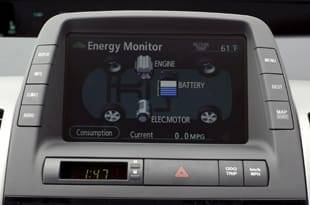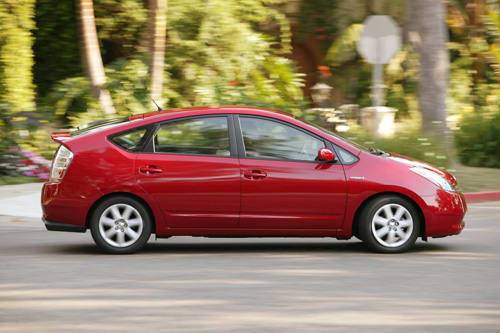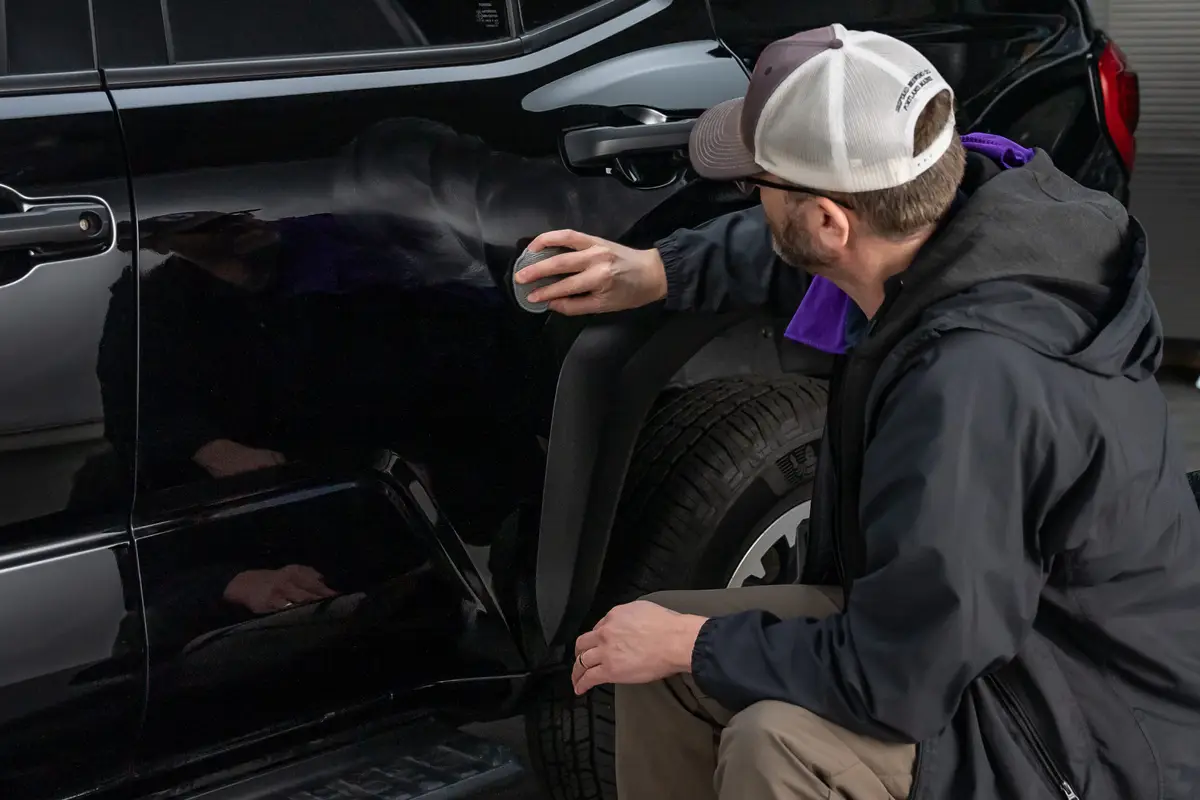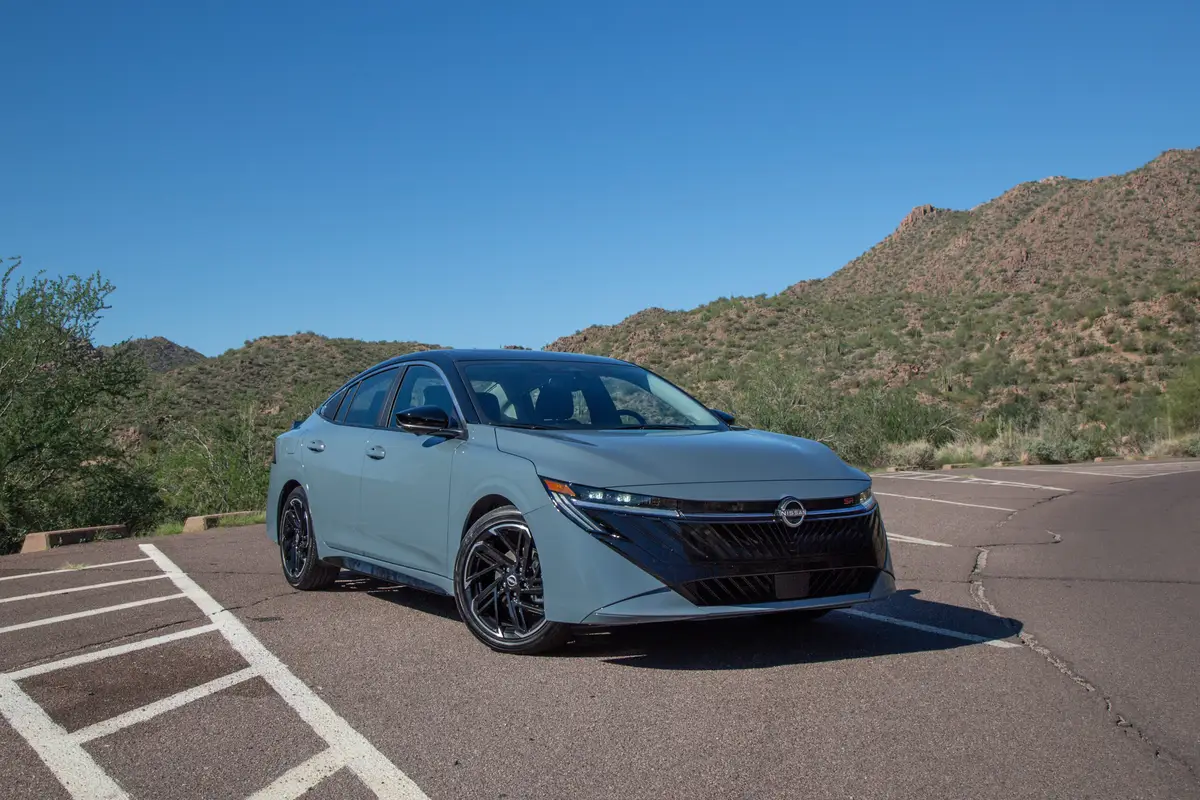2007 Toyota Prius: Real-World Mileage


Tell someone you drive a Toyota Prius, and they might conclude you also enjoy tofu scramble by the gallons and “West Wing” reruns. Rest assured, I have no idea how tofu ever got scrambled, and I’m no “Wing”-man either. But I did get considerable seat time in Toyota’s 2007 Prius Touring Edition last week.
The Prius has been praised for bringing hybrid technology to the masses, but many have criticized the Toyota’s real-world gas mileage, which is nowhere near the EPA’s fuel economy estimates. I averaged just 34 mpg in a 104-mile week of frugal, A/C-free driving. That’s a far cry from the car’s window sticker, which reads a lofty 60 mpg in city driving and 51 mpg on the highway. New EPA fuel economy regulations for the vehicle’s 2008 model year are reportedly going to lower mileage estimates on hybrids by roughly 30%.

The Toyota Prius engine switches on and off almost seamlessly, and it takes an alert driver to detect it. The only indications are the Toyota’s noise level, which goes from eerie silence to a light drone, and the fuel consumption gauge, which drops from 99.9 mpg to a more believable fuel economy of 25 or 30 mpg.
I found enough electric propulsion to accelerate the hybrid to about 10 mph. The Prius can do 20 or 30 mph on battery juice alone, but that requires lots of patience — and a complete disregard for the vehicles behind you because you have to milk the accelerator. For all intents and purposes, meaningful oomph beyond 15 mph requires the Toyota Prius’ engine.
Returning to the Prius’ electric mode is tricky. Oftentimes the Toyota Prius’ engine shuts off on its own during deceleration, when the vehicle’s braking friction recharges its battery. With a light foot and low enough speed, I found it possible to pick back up in electric mode afterward. But other times — especially in cold temperatures, when the vehicle’s heater was active — the Toyota’s engine remained on after deceleration. It took a complete stop and a few seconds of waiting for the Prius to transition back to electric mode, if it ever did. Try doing that in heavy traffic.
Over time, I found that city driving in the hybrid did not give me the best gas mileage. As careful as I was noting the traffic around me and planning my acceleration to stay as long as possible in electric mode, my hard-earned gas mileage gains were quickly erased every time I needed to make a yellow light or merge the Toyota in with with faster traffic.
If you get a Prius, drive it lightly — but don’t become obsessed with the vehicle’s electric motor. Clock lots of time on the highway at 55 mph, and the engine will yield gas mileage in the mid-40s per gallon. Around town, a prudent stretch or two in electric mode will balance out the times you need the gasoline engine to accelerate the Prius quickly. And with any luck, you’ll achieve respectable gas mileage — not 50 or 60 mpg fuel economy, but still fuel mileage you couldn’t dream of in another car.
Update: Over the course of the week I commuted in the Toyota Prius, 4.5 miles to work — in downtown Chicago, from Lincoln Park to the Loop — and drove a mix of short (less than a mile) and medium (12-15 mile) distances at mostly sub-highway speeds in varying traffic conditions. Weather ranged from the mid-30s to mid-50s, and apart from a few parking garages, elevation changes throughout the week were minimal. The air conditioning remained off almost all week. The Prius Touring Edition I tested features 16-inch wheels and tires, compared to the standard hybrid model’s 15-inch combination.

Former Assistant Managing Editor-News Kelsey Mays likes quality, reliability, safety and practicality. But he also likes a fair price.
Featured stories




2026 Nissan Sentra Review: Long Live the Sedan

